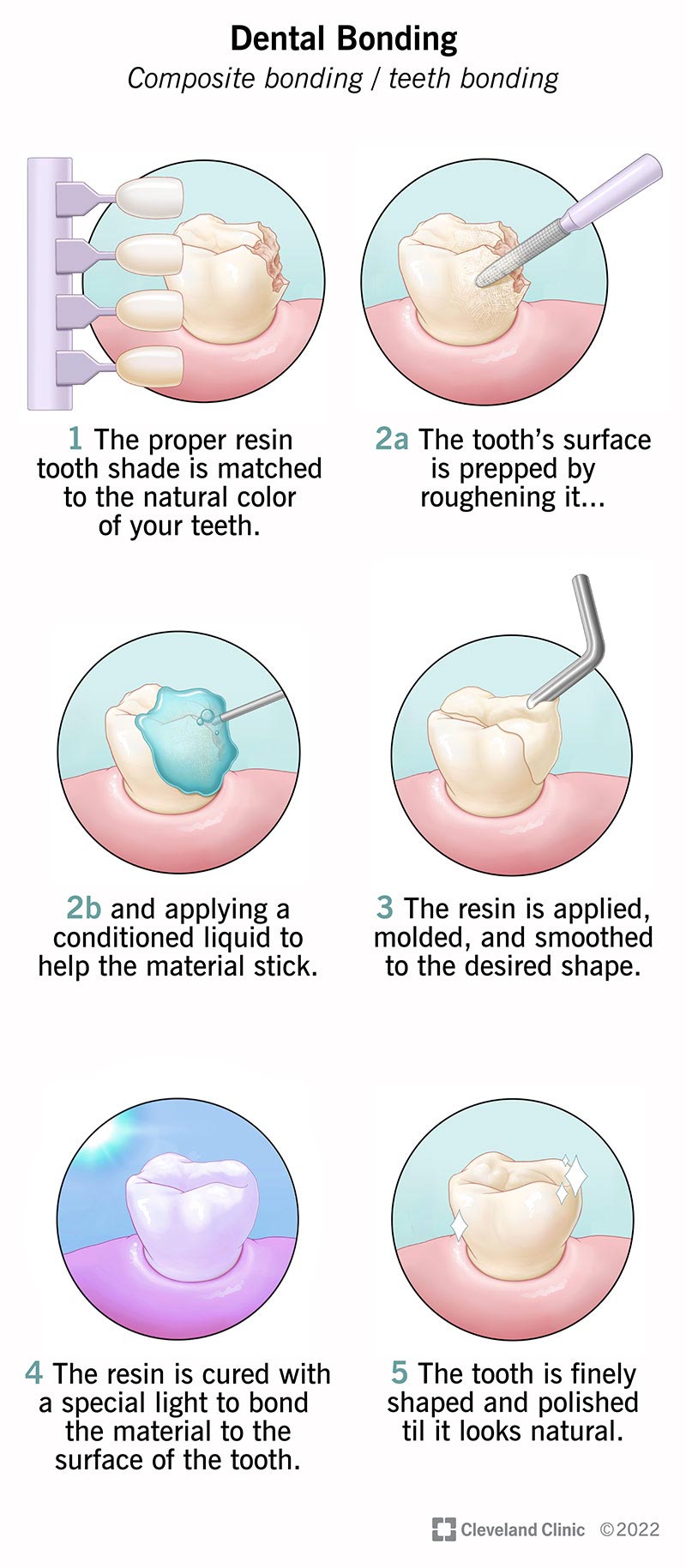Do you need dental bonding in Riverside?
The best way to know if you need dental bonding in Riverside is to come in for a cosmetic dental consultation with Dr. Ali Shmara. Dr. Shmara might recommend dental bonding to improve the appearance of your smile if you have the following tooth imperfections:
- Cracked or chipped teeth
- Discolored or stained teeth
- Missing Teeth
- Short teeth
- Irregularly shaped teeth
How much is dental bonding in Riverside?
At Riverside Cosmetic Dentist – Dr. Ali Shmara, you can expect dental bonding to cost $300 – $600 per tooth.

What is dental bonding?
Dental bonding, known as teeth bonding, or composite bonding, is a cosmetic dentistry procedure where we use a tooth-colored composite resin material to improve the appearance of your smile. We repair chipped teeth and tooth gaps and can change the shape or color of your teeth with a dental bonding treatment. Dental bonding can provide you with multiple benefits compared to other cosmetic dental procedures.
Dental Bonding Benefits
Before your consultation, consider the advantages of dental bonding.
- Fast & convenient
- Minimally Invasive
- Budget-friendly
- Versatile
- Reversible
Fast & convenient: Dental bonding can be completed in just one office visit
Minimally invasive: Dental bonding requires minimal alteration of your natural tooth and rarely requires tooth enamel removal.
Budget-friendly: Dental bonding is one of the most affordable cosmetic dental procedures in Riverside.
Versatility: Dental bonding can help conceal multiple tooth imperfections, including spaces and cracks.
Reversible: Dental bonding is reversible because it doesn’t require tooth enamel removal. If you decide to upgrade to porcelain veneers or dental crowns, dental bonding provides the flexibility.
How long does dental bonding last?
Dental bonding can last up to 10 years but the duration depends on multiple factors. Your oral hygiene and habits play a significant role in how long dental bonding can last.
4959 Arlington Ave, Suite A
Riverside, California


